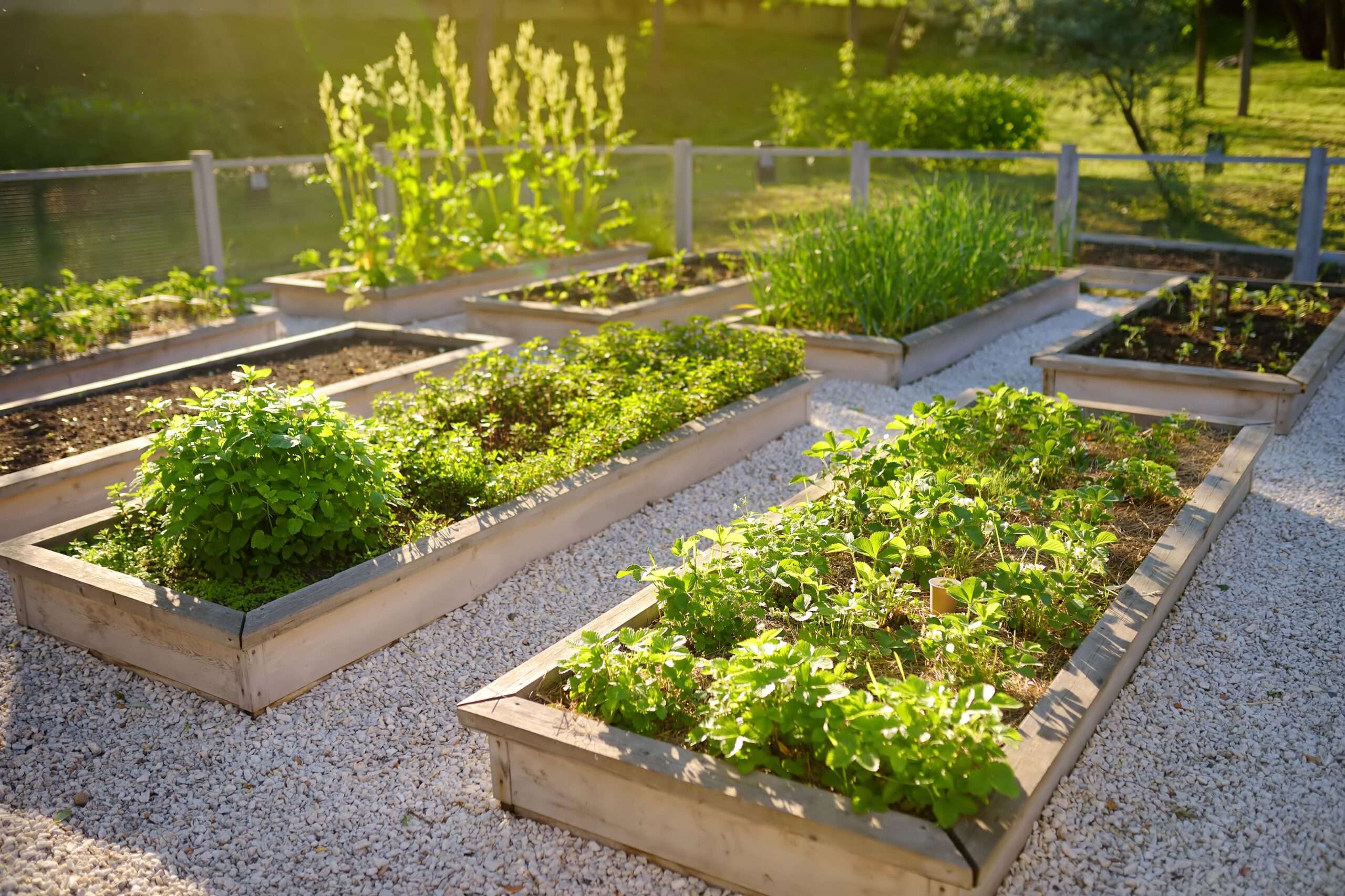
There is some disagreement over raised beds. Good or bad? Tended properly, they can be great! A garden built up instead of down can solve a lot of common issues ranging from wet root zones to weeds. Even better – they are ideal for new gardeners!
Unlike a planter, raised garden beds to not have a bottom. With all the added nutritious soil on top of the ground, plant roots can grow further into the ground without dealing with weeds, resulting in healthier plants.
· Easier on your back and knees
· Warmer soil earlier in the season
· Better water retention for those struggling with sandy soil
· Better drainage for those dealing with clay soil
· Less soil erosion
· Less compaction
· Improved soil quality
· Healthier plants
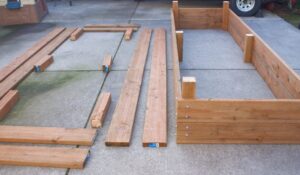 Are you on board yet? Good! First, you need to decide if you will buy your bed or if you prefer to make it yourself. Wood or galvanized steel? Either way, consider the size. We recommend four feet wide by eight feet long and one to two feet deep. Once you have decided on whether to build your garden bed walls yourself or buy a kit, the rest is easy!
Are you on board yet? Good! First, you need to decide if you will buy your bed or if you prefer to make it yourself. Wood or galvanized steel? Either way, consider the size. We recommend four feet wide by eight feet long and one to two feet deep. Once you have decided on whether to build your garden bed walls yourself or buy a kit, the rest is easy!
If you haven’t already, it’s time to decide what you want to grow. Some plants require more sun, more soil or a specific type of soil. Once you know what you’d like to grow and approximately how much sunshine you need, find a flat spot. If necessary, do a little digging to ensure the walls are even and stable.
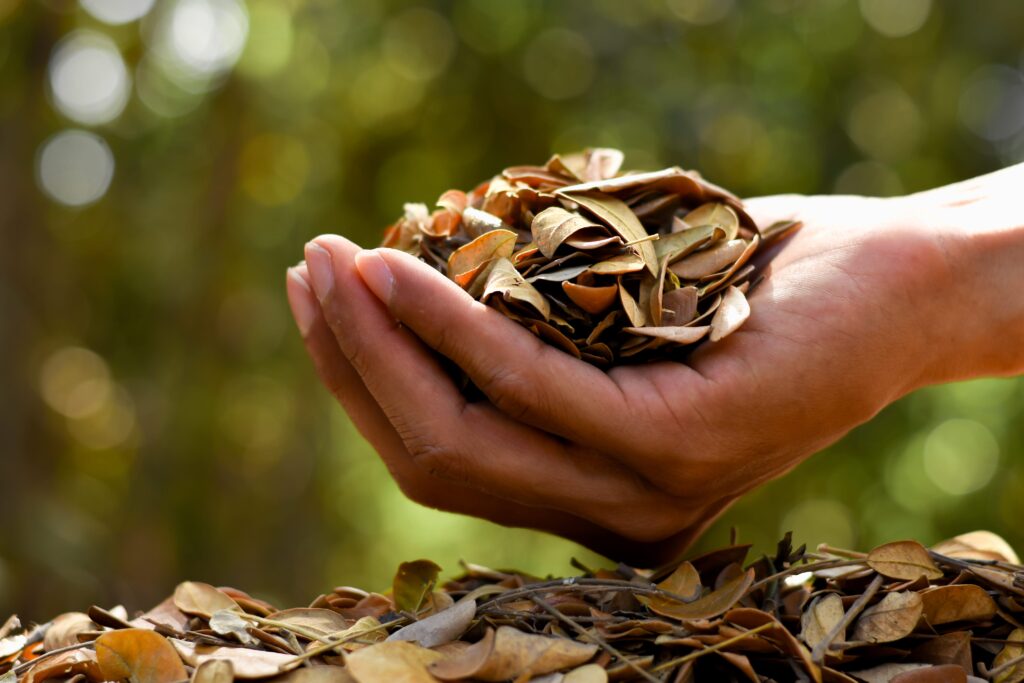
Next, decide if you’d like to put something at the bottom of your raised bed. If your raised bed is 6 inches or less in depth, then you don’t need a barrier. This is because the roots of the plants growing in your raised beds require space to develop and grow. A bottom may prevent this from happening.
However, if you’d like a better deterrent for weeds and more control over your soil content, consider adding a bottom. There are a lot of options that work: cardboard, newspaper, landscaping fabric and burlap may be the most popular.
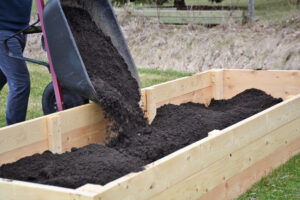 Now it’s time to fill your garden bed. In fact, this is the best part about raised garden beds! You can control what type of soil is used. Soil is rich, full of nutrients and biologically active. It is a living, breathing, dynamic ecosystem of its own. Therefore, our goal here is not to simply fill our raised beds with soil, but to create an optimum living organic raised bed soil where plants can thrive.
Now it’s time to fill your garden bed. In fact, this is the best part about raised garden beds! You can control what type of soil is used. Soil is rich, full of nutrients and biologically active. It is a living, breathing, dynamic ecosystem of its own. Therefore, our goal here is not to simply fill our raised beds with soil, but to create an optimum living organic raised bed soil where plants can thrive.
We recommend that you purchase a super high-quality blend, such as our Tree & Shrub Mix. For the best results, incorporate some native soil from your area. If your bed is very deep, you may want to consider buying topsoil so help fill out the container.If you are making your own soil, we recommend 50% topsoil, 30% organic compost and 20% sand.To determine the amount needed, you can use our coverage calculator.
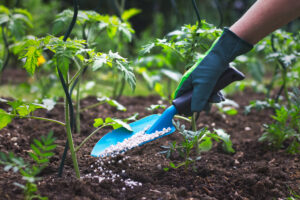 Now it’s time to garden! Check our beds regularly to ensure they are receiving enough water. It is also important to fertilize regularly! If you have any questions, contact your nearest Living Earth®.
Now it’s time to garden! Check our beds regularly to ensure they are receiving enough water. It is also important to fertilize regularly! If you have any questions, contact your nearest Living Earth®.